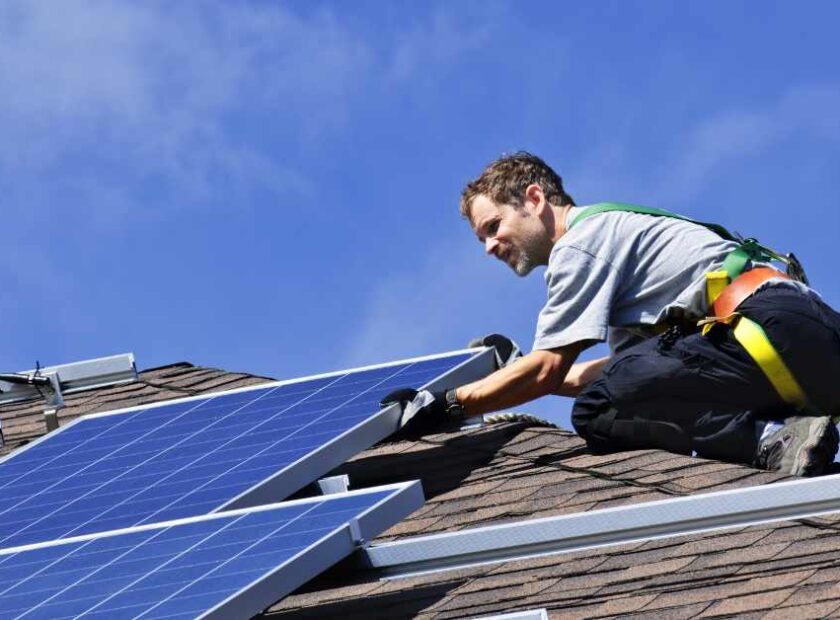The Future of Energy is Here: Sustainable Energy is all set to lead the way in 2023

Sustainable energy is often referred to as a “game changer” because it has the potential to significantly transform the way we produce and consume energy. There are a few key ways in which sustainable energy can be a game changer and provide energy security in the time of energy crisis:
- Renewable energy sources are abundant and widely available: Unlike fossil fuels, which are finite and geographically concentrated, renewable energy sources such as solar, wind, and hydropower are widely available and can be harnessed in many parts of the world. This can help to reduce our reliance on a single energy source and improve energy security.
- Renewable energy is more reliable and resilient: Renewable energy sources are generally more reliable and resilient than fossil fuels, as they are not subject to the same price volatility or supply disruptions. This can help to improve energy security and reduce the risk of blackouts or other disruptions.
- Renewable energy can help to reduce greenhouse gas emissions: One of the major challenges we face today is climate change, which is largely caused by the burning of fossil fuels. By transitioning to renewable energy sources, we can help to reduce greenhouse gas emissions and slow the pace of climate change.
Sustainable energy- The Trendsetters
One trend that has been particularly notable in recent years is the rapid growth of renewable energy sources, such as solar and wind power. In 2022, we saw continued growth in the adoption of these technologies, with increasing numbers of homes, businesses, and governments turning to renewable energy to meet their electricity needs. This trend is expected to continue in 2023 and beyond, as the cost of renewable energy continues to decline and technology improves.
Another trend we have seen in recent years is the increasing use of energy storage systems, such as batteries, to store excess renewable energy for use when it is needed. This can help to improve the reliability and resilience of renewable energy systems, particularly in areas with intermittent sources of power like solar and wind. This trend is also expected to continue in 2023 and beyond, as energy storage technology improves and becomes more cost-effective.
There has been a trend towards the use of microgrids, which are small-scale power systems that can operate independently of the larger power grid. Microgrids can be powered by a variety of sources, including renewable energy, and can provide a reliable and resilient source of power for communities and businesses. This trend is expected to continue in 2023 and beyond, as microgrids become more cost-effective and widely adopted.
Sustainable energy in 2023-
Sustainable energy in 2023 will depend on a variety of factors such as market trends, policies and so on. However, it is likely that we will continue to see growth in the adoption of renewable energy sources such as solar and wind power, as well as increased use of energy storage systems and microgrids this year.
One trend to watch is the continued decline in the cost of renewable energy, which has been steadily falling in recent years. As the cost of renewable energy continues to decline, it is likely that we will see more homes, businesses, and governments turning to these technologies to meet their electricity needs.
Another trend to watch is the growing adoption of electric vehicles (EVs). As the cost of EVs continues to decline and charging infrastructure improves, it is likely that we will see more people choosing EVs as their primary mode of transportation. This trend could have a significant impact on the demand for electricity, as EVs are typically charged at home or at work, which could increase the need for electricity during off-peak hours.
Factors that can further aid sustainable energy adoption in 2023
There are a few factors that could give sustainable energy a push in 2023 and beyond:
- Technological advancements: As technology continues to advance, it is likely that we will see improvements in the efficiency and cost-effectiveness of renewable energy sources such as solar and wind power. This could make renewable energy more attractive to a wider range of customers, including homeowners, businesses, and governments.
- Policy decisions: Government policies and incentives can also play a role in driving the adoption of sustainable energy. For example, if governments adopt policies that support the development and use of renewable energy, such as subsidies, tax credits, or renewable energy standards, this could give a boost to the industry.
- Market trends: Market trends, such as the cost of electricity and consumer preferences, can also influence the adoption of sustainable energy. For example, if the cost of electricity from traditional sources such as coal or natural gas increases, this could make renewable energy more attractive to consumers. Similarly, if consumers become more aware of the environmental and health benefits of sustainable energy, they may be more likely to choose renewable energy sources.
Overall, it is likely that a combination of technological advancements, policy decisions, and market trends will contribute to the growth of sustainable energy in 2023 and beyond.






